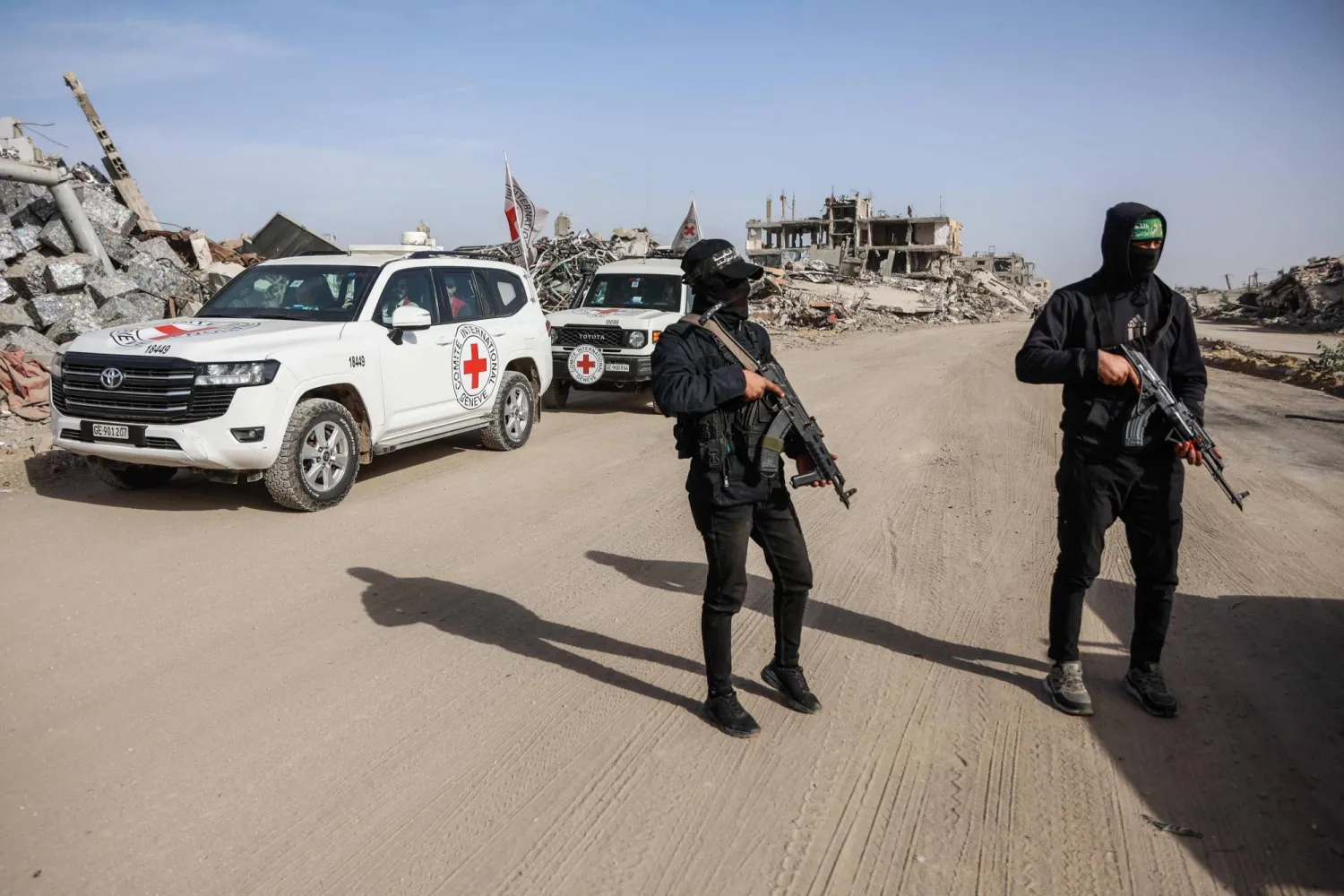Hamas said Saturday it would only release an American-Israeli and the bodies of four other hostages if Israel implements the existing ceasefire agreement in the Gaza Strip, calling it an “exceptional deal” aimed at getting the truce back on track.
According to The Associated Press, a senior Hamas official said long-delayed talks over the ceasefire's second phase would need to begin the day of the release and last no longer than 50 days.
Israel would also need to stop barring the entry of humanitarian aid and withdraw from a strategic corridor along Gaza's border with Egypt.
Hamas would also demand the release of more Palestinian prisoners in exchange for hostages, said the official, who spoke on condition of anonymity to discuss the closed-door talks.Edan Alexander, 21, who grew up in Tenafly, New Jersey, was abducted from his military base during Hamas’ Oct. 7, 2023, attack that ignited the war, and is the last living American citizen held in Gaza.
There was no immediate comment from Israel, where government offices were closed for the weekly Sabbath.
Israeli Prime Minister Benjamin Netanyahu’s office on Friday accused Hamas of “manipulation and psychological warfare” when the offer was initially made, before Hamas spelled out the conditions.
The United States said it presented on Wednesday a proposal to extend the ceasefire a few more weeks as the sides negotiate a permanent truce.
It said Hamas was claiming flexibility in public while privately making “entirely impractical” demands.
Negotiations continued in Egypt after senior Hamas leader Khalil al-Hayya arrived in Cairo on Friday. Egypt and Qatar served as key mediators with Hamas in reaching the ceasefire and have continued to host talks aimed at getting it back on track.
There was no immediate comment from the mediators.
Under the ceasefire agreement reached in January, Israel and Hamas were to begin negotiations over a second phase — in which Hamas would release all the remaining hostages in exchange for a lasting truce — in early February, but so far only preparatory talks have been held.
After the first phase ended at the beginning of this month, Israel said it had agreed to a new US proposal in which Hamas would release half the remaining hostages in return for a vague commitment to negotiate a lasting ceasefire. Hamas rejected that offer, accusing Israel of backtracking on the signed agreement and trying to sabotage the truce.
Israel has barred the delivery of food, fuel and other supplies to Gaza's roughly 2 million Palestinians, and cut electricity to the territory, to pressure Hamas to accept the new proposal.
The first phase of the truce, which took hold on Jan. 19, saw the release of 25 Israeli hostages and the bodies of eight more in exchange for nearly 2,000 Palestinian prisoners. Israeli forces pulled back to a buffer zone along Gaza's border and allowed a surge of humanitarian aid.
An Israeli official said last month that Israel will not withdraw from the so-called Philadelphi corridor, along the Gaza-Egypt border, as called for in the ceasefire agreement. They have cited the need to combat weapons smuggling.









